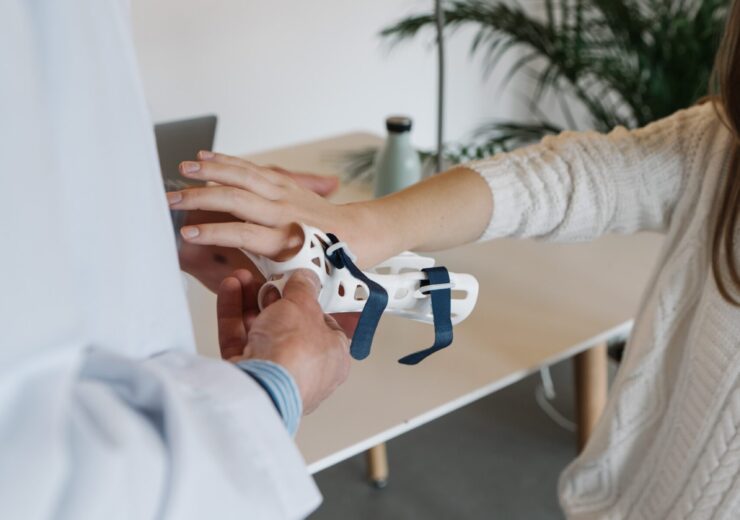The study found that Pison’s AI-powered ENG technology was able to differentiate patients with ALS from a healthy population

Pison’s Neural Biosensor can enable remote monitoring, early detection, and intervention for neurological disorders. (Credit: Tom Claes on Unsplash)
Pison said that a recent clinical trial demonstrated that its Neural Biosensor hardware and electroneurography (ENG) technology could detect neurological diseases in patients with amyotrophic lateral sclerosis (ALS).
The study found that the artificial intelligence (AI)-powered ENG technology was able to differentiate patients with ALS from a healthy population using deep learning algorithms.
It was conducted by researchers at the Lewis Katz School of Medicine at Temple University’s MDA/ALS Centre of Hope in the US.
The study also proved that Pison’s AI technology can identify changes in surface electromyography (sEMG) in ALS patients. This shows motor neuron changes and is correlated with functional changes, said the company.
The wearable technology developer said that the findings suggest that its ENG technology has the potential to be used as a digital biomarker to detect neurological disorders, track progression, and inform treatment.
Besides, the technology can be used in wearable devices like smartwatches for continuous monitoring of patients and even pre-symptomatic populations.
The researchers used Pison’s technology to classify electromyography activity and fasciculations in patients who are in the starting phase of ALS.
Pison CEO John Croteau said: “We see many opportunities to apply Pison’s technology to enhance the health and wellness of millions of people – those diagnosed with neurological disease and people who want to improve their mental performance.
“We have begun licensing our Neural Biosensor for incorporation into popular wearables such as smartwatches and fitness trackers for passive health monitoring, which will ultimately have the ability to track ALS and other neurological disorders in the form of neural health apps and telehealth services.”
Based on the results, the technology can be used by doctors to gather actionable information about motor neuron health, the wearable technology developer said.
Additionally, it can enable in-home longitudinal monitoring and data collection of diagnosed patients, along with monitoring of healthy populations.
The results can be used to develop a continuous, non-interventional method of tracking and diagnosing ALS that can possibly replace the existing norm of sporadic clinical assessments and patient surveys. In addition, the findings can also help in advancing the development of new medicines by measuring patient responses passively and accurately to experimental interventions.
The company is planning larger, multi-year studies to further assess the technology’s use for early diagnosis and symptom detection in ALS, multiple sclerosis, and Parkinson’s disease.
